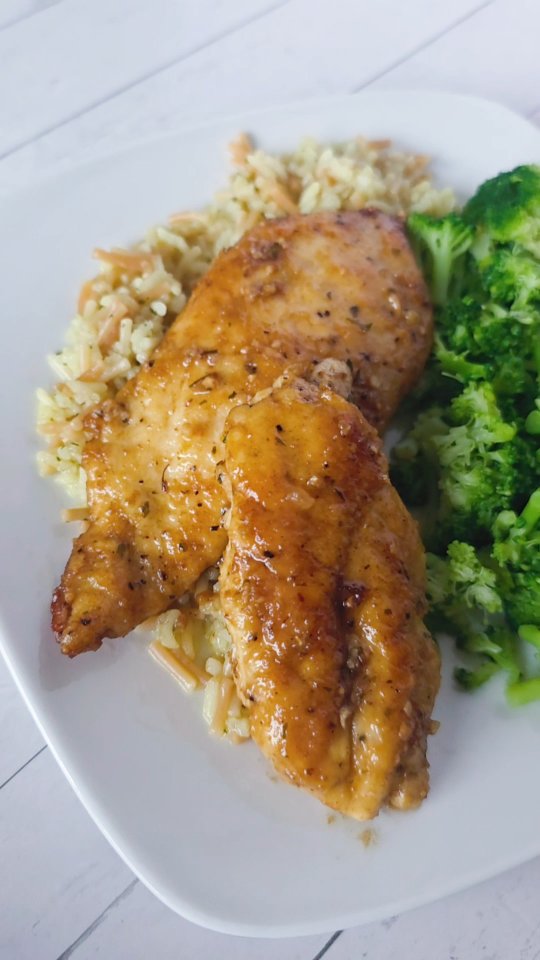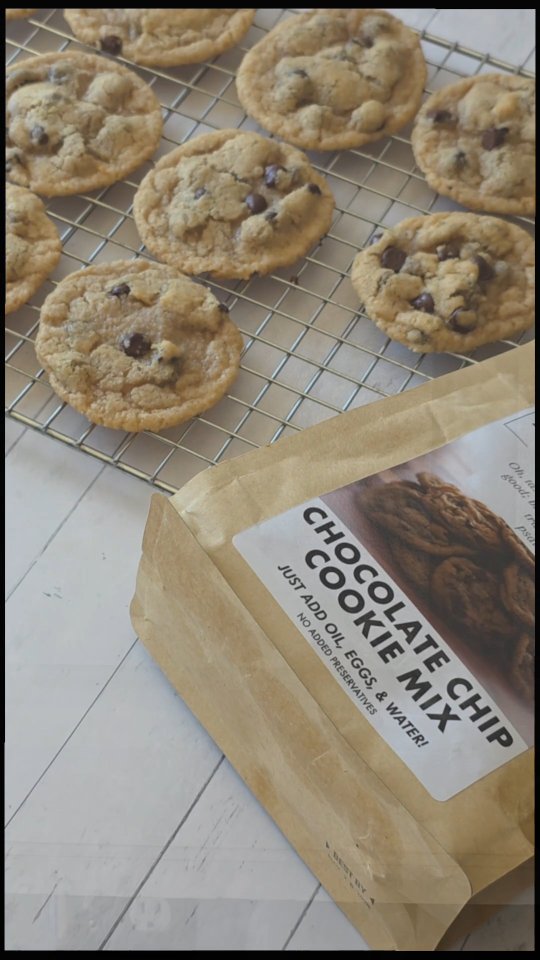I’ll never forget the day I accidentally bit into a hot pepper that was WAY too hot.
I was happily devouring a grill platter at a family-owned, traditional Mexican restaurant near me. It was heaven. Slices of steak and pork were seared and dripping with just the right amount of juice, set off by a colorful assortment of grilled veggies including, of course, an array of peppers.
I didn’t know what any of the peppers were, and I had pretty much ignored the information on the menu because to me, a pepper was a pepper. I knew that I liked bell peppers and jalapeno potato chips, so what’s the difference?
Bring. It. On.
Then I ate THE pepper.

I felt a little surge of heat as soon as my teeth hit its skin. Its juices trickled over my tongue like molten lava and my eyes bulged so badly I was sure they were going to pop out of my head.
I don’t know what possessed me to keep chewing, but after about two chomps my tongue was numb. I reached for my glass, barely able to see it through the tears pouring from my eyes, grappled with it and finally tipped it back, only to find it empty. I wanted to spit the demonic vegetable out, but decorum kept me from leaving a hellish surprise for someone to discover in my cloth napkin later.
I forced a swallow and instantly regretted it. The pepper forged a path of fire from mouth to stomach, and I swear I could FEEL it bursting into an enormous flaming orb once it hit the tequila I had downed before dinner.
I coughed and was shocked that flames didn’t shoot out and set the table on fire. I couldn’t feel my lips anymore. Snot poured out of my nose in a feeble attempt by my body to extinguish the inferno inside me.
A thought flashed through my mind. Is THIS how spontaneously combustion happened?
Decency and consideration out the window, I coughed into my cloth napkin and sopped up my nose as discreetly as a fire-breathing dragon could.
I grabbed my husband’s water, downed it, and made a shocking discovery: Water doesn’t douse pepper heat. I could barely breathe.
In desperation, I scooped up the dollop of sour cream sitting so innocently on my plate and plastered it over my flaming tongue and lips. Almost immediately, it had a cooling effect. I wasn’t out of the forest fire yet, but at least I could breathe again.
As I sat back and surveyed my plate with tears still streaming down my face, all I could think was, “How hot WAS that pepper?”
I never did find out what type of pepper had ambushed me so harshly in the middle of a perfectly delicious meal. My embarrassment trumped my curiosity, so I didn’t ask. But my experience did lead me to wonder why some peppers were so freaking hot and others weren’t.

This post may contain affiliate links. I may earn compensation when you click links, at no additional cost to you. This helps our site continue to produce great content. Thank you for your support!
What makes peppers hot?
Contrary to a lot of old wives’ tales, it’s not the color of a pepper, its size, or the amount of seeds that determine how hot it is. The fiery sensation delivered to unsuspecting mouths everywhere is the fault of the capsaicin found in the pepper.
Capsaicin is a chemical housed in the pith, or membrane of the pepper that contains the seeds. When consumed, capsaicin activates a cellular protein in the body that senses heat. That protein alerts the brain, which in turn triggers a pain response to the body parts that came into contact with the capsaicin. As a result, the pepper eater may experience a hot flash, watery eyes, a runny nose, and a burning sensation in the mouth.
Many people think that a pepper’s heat comes from its seeds. This isn’t exactly true. The capsaicin is contained in membranes that hold the seeds in place, not in the seeds themselves. However, it is possible for some capsaicin to rub off on some seeds during the food’s preparation, which may trigger a pain response.
How can I tell how much capsaicin is in a pepper?
Unfortunately, you can’t tell how much capsaicin a pepper contains by looking at it. But you can do a bit of research using the Scoville scale to find out how spicy certain peppers are before you plant them in your garden or buy them at the market.
The Scoville scale is named after pharmacist Wilbur Scoville. In 1912 he created a test to determine the heat, or pungency, of peppers. Pungency is measured in Scoville Heat Units (SHU).
To achieve a ranking on the Scoville scale, the capsaicin from a pepper is diluted in increasing amounts of sugar water until the majority of tasters cannot detect any heat. The number assigned to that pepper represents how diluted the capsaicin must be to be rendered heatless. A pepper that is low on the Scoville scale is mild. As the numbers grow, so does the pungency of the pepper varieties.
So…how hot IS this pepper?
Let’s take a look at ten common peppers that you might come across in grocery stores or on restaurant menus. Have you had any that were “too hot” for you?
1. Bell Pepper – 0 SHU

Bell peppers might be pretty common in the kitchen, but as peppers they are definitely unique. They’re the only peppers that have no capsaicin! That makes these a favorite for healthy snacks, on their own or dipped in ranch.
People in some regions call them ‘sweet peppers’, mostly because they lack the spice usually associated with peppers. Bell peppers can be found in a variety of colors: green, red, yellow, and even orange!
2. Pepperoncini – 100 to 500 SHU

Most people recognize pepperoncinis from charcuterie platters. Light green in color, they’re often pickled and can be used on pizza, Italian beef sandwiches, or in salads.
They have a very small amount of capsaicin that some people don’t even notice, and they give a hint of spice that is just enough to make your mouth water.
3. Anaheim (Green Chile) – 500 to 2,500

Anaheim peppers are one of the most common chili pepper varieties in the United States. Long and green, they are often used in cooking, but they can also be eaten raw. Some people like to use them as a spicy substitute for green bell peppers in recipes.
The heat in Anaheim peppers can best be described as peppery, giving a mild amount of heat to the tongue.
4. Poblano – 1,000 to 2,000

Poblano peppers are the long, dark green chiles that are used in chiles rellenos and rajas con queso. They are mild and flavorful, but have a tough outer skin. Roasting, followed by peeling the outer skin, is highly recommended before using.
Not only does roasting soften the pepper, but it brings out the delicious flavor that poblanos possess. These peppers dry well, but in their dried form they are called ancho chiles.
5. Jalapeno – 2,500 to 8,000

Jalapenos are known for their flavor and a slight kick of heat. They are probably one of the most recognizable peppers at the grocery store. Jalapenos are commonly used in cooking and sauces as their pungency can be tolerated (and is often enjoyed) by most people.
If you like jalapenos, be sure to give our cheesy jalapeno pinwheels a try!
6. Chipotle – 2,500 to 8,000

Chipotle peppers aren’t a unique pepper as you might think. They are actually jalapeno peppers that have been ripen to red, then smoked and dried.
If you’re shopping for chipotle peppers, you’ll find that they’re often packed in smoky Adobo sauce, which heightens their flavor. The heat of a chipotle pepper can be described as a slowly spreading warmth.
7. Serrano – 10,000 to 23,000

Serrano peppers are at a point on the Scoville scale that starts to get pretty hot for most people, but they still only officially rank as mild-hot. It’s pretty common to find serrano peppers in recipes, where they’re used for flavor and a bit of heat.
But there are many heat-loving foodies who enjoy crunching into spicy raw serranos for a healthy snack.
8. Cayenne – 30,000 to 50,000

Most of the time, cayenne pepper is used in its dried form in cooking. It’s typically sold in small containers of ground powder. Manufacturers of ground cayenne pepper tend to use peppers that are on the upper end of the Scoville scale range for this pepper, to ensure that their products produce the heat that consumers expect.
Armed with this new knowledge, remember to use ground cayenne in small amounts as it can easily overpower a dish with heat.
9. Habanero – 100,000 to 350,000

These little peppers pack quite a punch! Habaneros are one of the hottest varieties of popular-among-foodie peppers in America today, even though they aren’t even close to being the hottest anymore.
Back in 1999, habaneros were ranked by Guinness as the hottest pepper in the world, but since then many other peppers have surpassed the habaneros’ claim to fame.
10. Ghost Pepper – 800,000 to 1,001,300

The ghost pepper is a hybrid pepper from India that, like the habanero, had a moment of glory as the hottest pepper in the world back in 2007.
Its extremely high score on the Scoville scale earned the ghost pepper its own viral social media challenge. Willing participants filmed themselves eating one of these bad boys, then uploaded the resulting video for the world to see.
What is the hottest pepper in the world now?
Over the past decade, many extremely hot peppers have come to the world’s attention, not only by discovery, but through hybridization. In 2013, Ed Currie of the PuckerButt Pepper Company debuted the pepper that has held the title of the world’s hottest pepper since Guinness World Records declared it such in 2017. Make way for the …
…Carolina Reaper – 1,641,000 – 2,200,000

The Carolina Reaper was bred for heat. It is a cross between a ghost pepper and a red habanero, which makes it one heck of a pepper. Not only was it unofficially recognized as the world’s hottest pepper at its inception in 2013, but it actually beat itself in a 2018 test by becoming HOTTER!
The Carolina Reaper has held the title of the world’s hottest pepper for some time now, but there are rumors of two other peppers that may have the Reaper beat!
The Dragon’s Breath pepper is a hybrid that is said to have been preliminarily tested at 2,483,584 SHU, over 400,000 SHU above the Carolina Reaper!
But wait, there’s more! A second pepper breeder is claiming to have bred a pepper that is TWICE as hot as the Carolina Reaper. The creator has not released much information about the pepper, aside from the assumingly temporary name “Pepper X”.
Only future tests will tell if the Carolina Reaper’s reign as the World’s Hottest Pepper will continue, or if it will retire alongside the habanero and ghost peppers.
Can You Take the Heat?
It’s a good idea to get used to the heat levels that you and your family enjoy. Knowing where peppers fall on the Scoville scale allows you to control the amount of heat in your dishes. This can be a lifesaver when you’re cooking a new dish from a different regional cuisine. Keep in mind that each pepper has a unique flavor along with the heat, so the taste of your dish will change along with the heat level.
How much heat is too much for you? If you aren’t sure, it’s try a taste test! Most of the peppers listed above can be found in grocery stores, especially those that specialize in produce. They’re also pretty inexpensive, often less than a dollar.
However, tasting an actual pepper can be mighty intimidating! For those not quite brave enough for a pepper-eating challenge, Gourmet Food Clubs has a quartet of spicy hot sauces to introduce you to different flavors and pungencies of the jalapeno, habanero, chipotle, and scorpion peppers.

Brave, heat-loving, thrill-seeking foodies who love hot sauce can’t say enough about Gourmet Food Clubs’ Hot Sauce of the Month Club! Each month, members receive 2 5-oz bottles of hot sauce with crazy names like “Instant Death Bhut Jolokia.” Each selection is chosen from small companies, so you’ll always find something new! Best of all, shipping and handling is included in each 3-month subscription.

How to Soothe the Burn
If you find that your body can’t handle the heat of a pepper you’ve tried, your instinct is probably to grab a glass of water. Unfortunately, this only makes the problem worse. Instead of diluting the heat, it spreads the capsaicin over a greater surface area, which is the LAST thing you’ll want! Instead, try one of these:
Dairy
A glass of milk, a spoonful of yogurt, or a dollop of sour cream will help lessen the burn you’re feeling. The caseins that are present in dairy foods break up the capsaicin, allowing you relief from the heat.
Honey or Sugar
You might think that adding sugar to spice might even the taste out, but sugar works for another reason. Capsaicin is oily. Sugar and honey act as a sponge and absorb the capsaicin, thereby dulling the searing sensation you may be experiencing.
Starch
Foods like bread, rice, or potatoes may also give you some relief. Like sugar, starchy foods have the ability to absorb capsaicin. So instead of downing a glass of water, reach for the bread basket and you’ll find relief in no time!

If you like spicy food, be sure to check out our Buffalo Chicken Dip! Adjust the spicy level by choosing the sauce that is best for you and your guests. If you’re enjoying a keto lifestyle, you can easily make it keto-friendly by choosing a sugar-free wing sauce.
Chicken Soup with Dumplings is a participant in the Amazon Services LLC Associates Program, an affiliate advertising program designed to provide a means for sites to earn advertising fees by advertising and linking to Amazon.com.






















Whew I can’t handle anything beyond a jalapeno and sometimes those are too hot! Interesting read!
Ha! I’ve been there before with extra hot jalapenos. They’re no fun!
Oh man this reminds me of my grandfather. When he was younger he used to eat bowls of peppers and put a napkin on top of his bald head to collect the heat sweats 😹 Thanks for all of this info 🌶
LOL, that is too funny! And it conjures up a visual for me that I’m not going to be able to let go for a while…